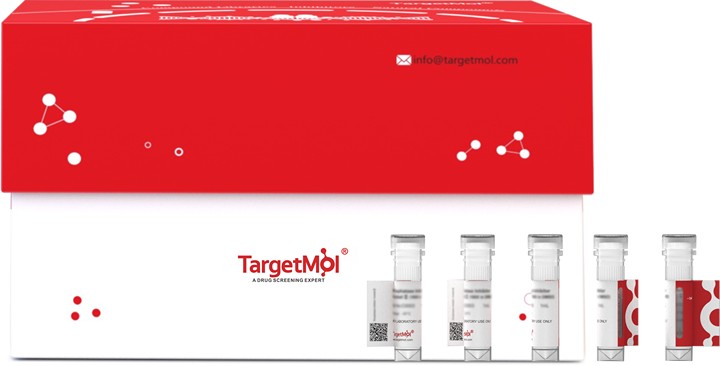购物车
全部删除  您的购物车当前为空
您的购物车当前为空
4-1BB/CD137/TNFRSF9 Protein, Human, Recombinant is expressed in E. coli. The accession number is Q07011.

| 规格 | 价格 | 库存 | 数量 |
|---|---|---|---|
| 5 μg | ¥ 882 | 6-8日内发货 | |
| 10 μg | ¥ 1,370 | 6-8日内发货 | |
| 20 μg | ¥ 2,160 | 5日内发货 | |
| 50 μg | ¥ 3,960 | 5日内发货 | |
| 100 μg | ¥ 6,280 | 5日内发货 | |
| 200 μg | ¥ 9,820 | 5日内发货 | |
| 500 μg | ¥ 18,500 | 5日内发货 | |
| 1 mg | ¥ 29,600 | 5日内发货 |
| 生物活性 | Fully biologically active when compared to standard. The biological activity is determined by its inhibitory effect of IL-8 production using human peripheral blood mononuclear cells. About 90 % of inibition was seen using a concentration of 1.0 μg for both 4-1BB Ligand and 4-1BB Receptor. |
| 产品描述 | 4-1BB/CD137/TNFRSF9 Protein, Human, Recombinant is expressed in E. coli. The accession number is Q07011. |
| 种属 | Human |
| 表达系统 | E. coli |
| 标签 | Tag Free |
| 蛋白编号 | Q07011 |
| 别名 | TNFRSF9,T-cell antigen ILA,CD137 antigen,4-1BB |
| 蛋白构建 | Glu18-Ser184 |
| 蛋白纯度 | > 97% as determined by SDS-PAGE; > 97% as determined by HPLC |
| 分子量 | 17.7 kDa (Predicted) |
| 内毒素 | < 1 EU/μg of protein by LAL method |
| 缓冲液 | Lyophilized from a 0.2 μm filtered solution in 10 mM PB, pH 8.0, 150 mM NaCl. |
| 复溶方法 | It is recommended that this vial be briefly centrifuged prior to opening to bring the contents to the bottom. Reconstitute the lyophilized powder in sterile distilled water or aqueous buffer containing 0.1% BSA to a concentration of 0.1-1.0 mg/ml. |
| 存储 | Upon receiving, this product remains stable for up to 6 months at -70°C or -20°C. Upon reconstitution, the product should be stable for up to 1 week at 4°C or up to 3 months at -20°C. Avoid repeated freeze-thaw cycles. |
| 运输方式 | In general, Lyophilized powders are shipping with blue ice. Solutions are shipping with dry ice. |
| 研究背景 | 4-1BB(CD137) is a member of the tumor necrosis factor (TNF) receptor family. Mature human 4-1BB consists of a 163 amino acid extracellular domain (ECD) with four TNFR cysteine‑rich repeats, a 27 aa transmembrane segment, and a 42 aa cytoplasmic domain; 4-1BB (CD137) is expressed as a disulfide-linked homodimer on various populations of activated T cell including CD4 + , CD8 + , memory CD8 + , NKT, and regulatory T cells as well as on myeloid and mast cell progenitors, dendritic cells, mast cells, and bacterially infected osteoblasts. It binds with high affinity to the transmembrane 4-1BB Ligand/TNFSF9 which is expressed on antigen presenting cells and myeloid progenitor cells. This interaction co-stimulates the proliferation, activation, and/or survival of the 4-1BB expressing cell. It can also enhance the activation-induced cell death of repetitively stimulated T cells. |